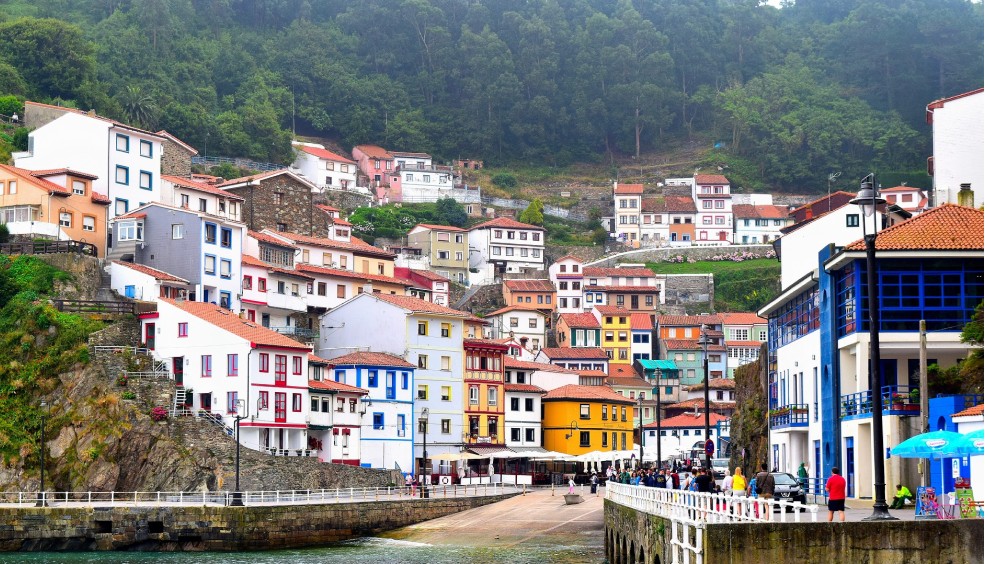8 nature + gastronomy plans in Asturias. Delicious!
An excursion and then a feast? Or maybe the other way round? In Asturias you'll find scenic hiking trails and mouth-watering dishes.
more info10 tips for flying comfortably with your baby
Mammaproof brings you some basic tips to survive a flight with little ones: how to get organised, practical tips, what you can bring on the plane (food, baby food and bottles, pushchair, etc.), what you can check in, and more.
more info2 days in Santiago de Compostela
Culture, architecture, art, tales of brave pilgrims reaching their final destination, tapas, wine, merriment and much more. Two days in Santiago de Compostela is like two days in paradise. Shall we?
more infoDay of the Canary Islands: 10 places not to be missed
Urban beaches, idyllic little coves, rolling hills, mountainous landscape, lunar landscape, sunsets, forests, mountains, fairy-tale paths and friendly locals. The Canaries have it all!
more info




